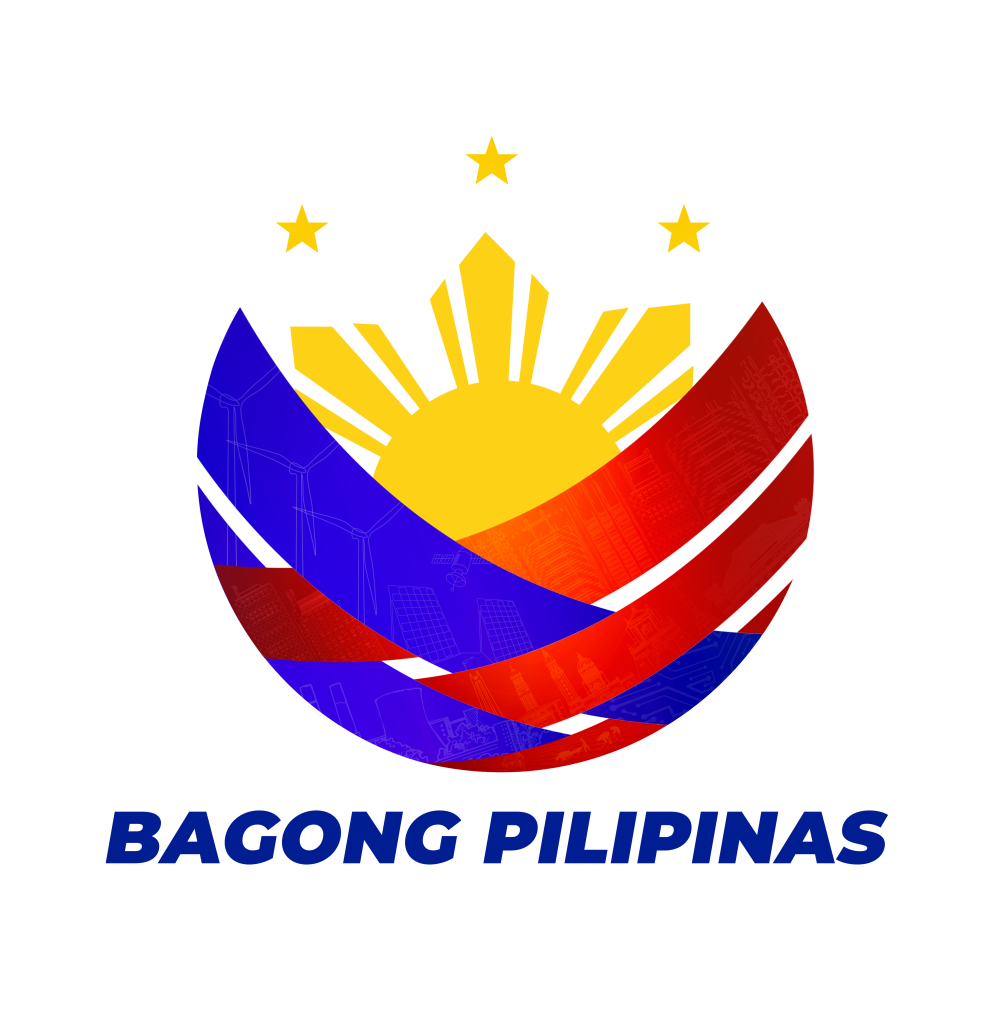Introduction
Corn is second to rice as the most important crops in the country. In fact, Department of Agriculture through its Corn Program continue to intensify the promotion of white corn grits as staple food.
The Corn Program aims to increase production of quality corn and cassava for human consumption, feeds and industrial uses, and to boost the income of corn and cassava farmers in region 8. To reduce rice demand, the program quests for stable and sustainable supply of white corn grains and cassava, likewise to be independent in feed crops, yellow corn and cassava to respond the growing demand of the livestock and poultry sub-sectors.
Goals
To achieve a sustainable growth for the corn and cassava sub-sector at a level where it can mutually benefit with the feed milling and livestock industries in region 8 and to make corn and cassava farming a competitive and profitable enterprise for the farmers in the region.
Strategies
Corn
1. Expansion of corn area (2013-2017)
2. Partnership with the Business Sectors in Corn Production Financing and Marketing
3. Focused interventions in sixteen (16)cluster areas regionwide (2013-2017)
4. Increase productivity (density planting and shifting of seed types planted)
Cassava
1. Opening of new areas
2. Production and distribution of quality planting materials
3. Clustering of production areas, organization of farmers, capability building of farmers
4. Strengthen linkage with industry stakeholders (pre-production to market segments of the value chain)
5. Credit facilitation
6. Geo-tagging of program areas (BAS)
Program Interventions Implementation
Corn
1. Production of Quality Seeds – Establishment of a 6-hectare area for the production of quality hi-protein corn seeds for distribution to interested communities willing to participate in producing their own seeds for distribution to identified farmers within the community.
2. Distribution of Hi-Protein White Corn Registered Seeds – A community-based seed production systems where LGUs and farmers are trained to produce their own quality seeds for distribution to corn farmers for the next cropping season.
3. Distribution of Corn Mills – A village-type mobile corn mill powered by a five (5) hp gasoline engine targeting upland farmers who are relatively far from existing corn mills. This is also a strategy adopted by the program to encourage more farmers to plant and eat corn grits as alternate food staple to rice.
4. Corn Techno-Trainings – Capability building of farmers and homemakers on the basic and updated technology in corn production from land preparation to post harvest and consumption.
Cassava
1. Production Support Services
– Production of quality cassava seed pieces of new varieties
– Promotion of technology-based production systems
– Provision of farm tractor (2014 onwards)
2. Research and Development
– Development of high yielding and starch content varieties
– Development of integrated crop management and cropping systems
3. Post harvest support services
– Provision of port harvest equipment
4. Marketing Development (thru Corn Program)
– Establishment of cassava value chain
– Linking cassava producers to buyers/traders/users
5. Extension Support, Education and Training Services (ESETS)
– Conduct of production technology trainings and technology trials
– Production and distribution of cassava techno-guides/leaflets
– Promotion of cassava for food and small business enterprise
Cassava Processing – The activity promotes and encourages the utilization and consumption of cassava as alternate food staple, such as training to farmers and homemakers about different techniques in preparation of cassava menus to provide home-based business which will translate to additional income for the family.
6. Credit Support Services
– Facilitate production loan from lending institutions
7. Program/Project Management
– Monitoring and coordination
– Planning workshops and target setting
– Attendance to consultative meetings (local and national)
Region 8’s sufficiency level for yellow corn is consistently very low among all provinces, Eastern Samar get the highest SI which is 64.88%, and overall SI for the region is 6.62% (2012). In 2013, SI for all provinces is expected to move up a little bit compare to 2012 with the highest SI of 145.63% the same province. In contrast, sufficiency level for white corn is very high in year 2012 among all provinces, with highest SI of 1,454% for Eastern Samar. In 2013, SI for white corn is expected to increase throughout the region.
The program’s targets for 2012-2017 for yellow corn production will increase significantly in 2013 from 15,578 mt to 29,770 mt (10,010ha at 2.97 mt/ha), and will increase from 3%-32% in the following years. By 2017, production target will be 43,347 mt (12,314 ha at 3.53 mt/ha) with Leyte province having the highest production target of P43,437 mt. White corn production target will increase from 3%-6% every year from 2012-2017. By 2017, production will be at 129,962 mt (58,429 ha at 2.2 mt/ha). The Eastern Samar province has the lowest increase for the next 5 years because it has the largest volume of production in the region.
Cassava production targets will increase from 20%-40% per year from 2012-2017. By 2017, production will increase from 268,700mt to 348,960 mt (27,300 ha at 12.88 mt/ha). The Leyte province will significantly increase its production from 91,140 mt in 2016 to 115,600 mt (27,300 ha at 12.88 mt/ha) in 2017.
The projected production increase for 2012-2017 is based on the 10-year average of the industry performance on the said commodity plus a mark-up for the priority intervention targeted by the corn program and cassava project. The priority intervention that will be implemented annually is projected to contribute directly or indirectly to the increase in production.

